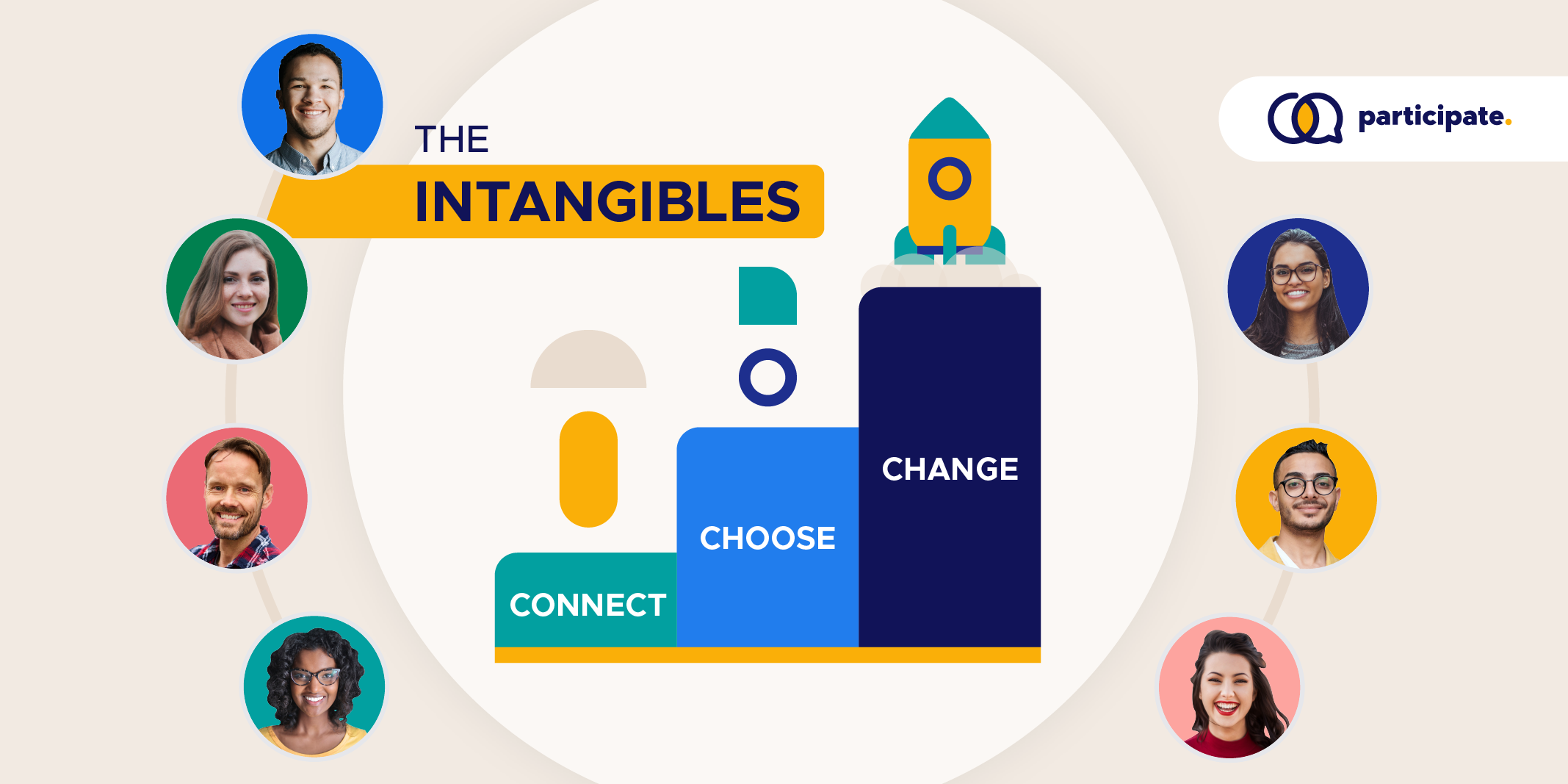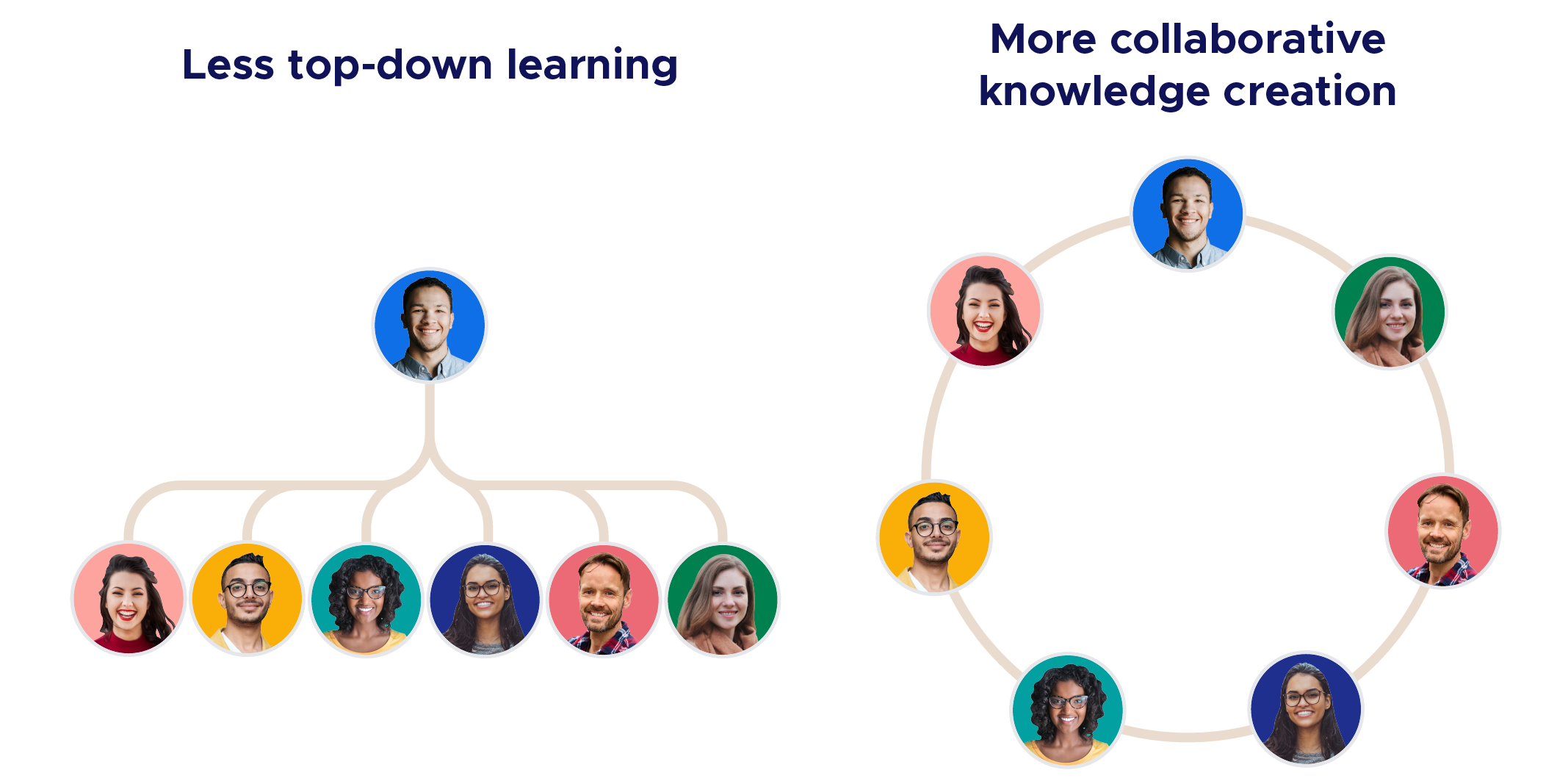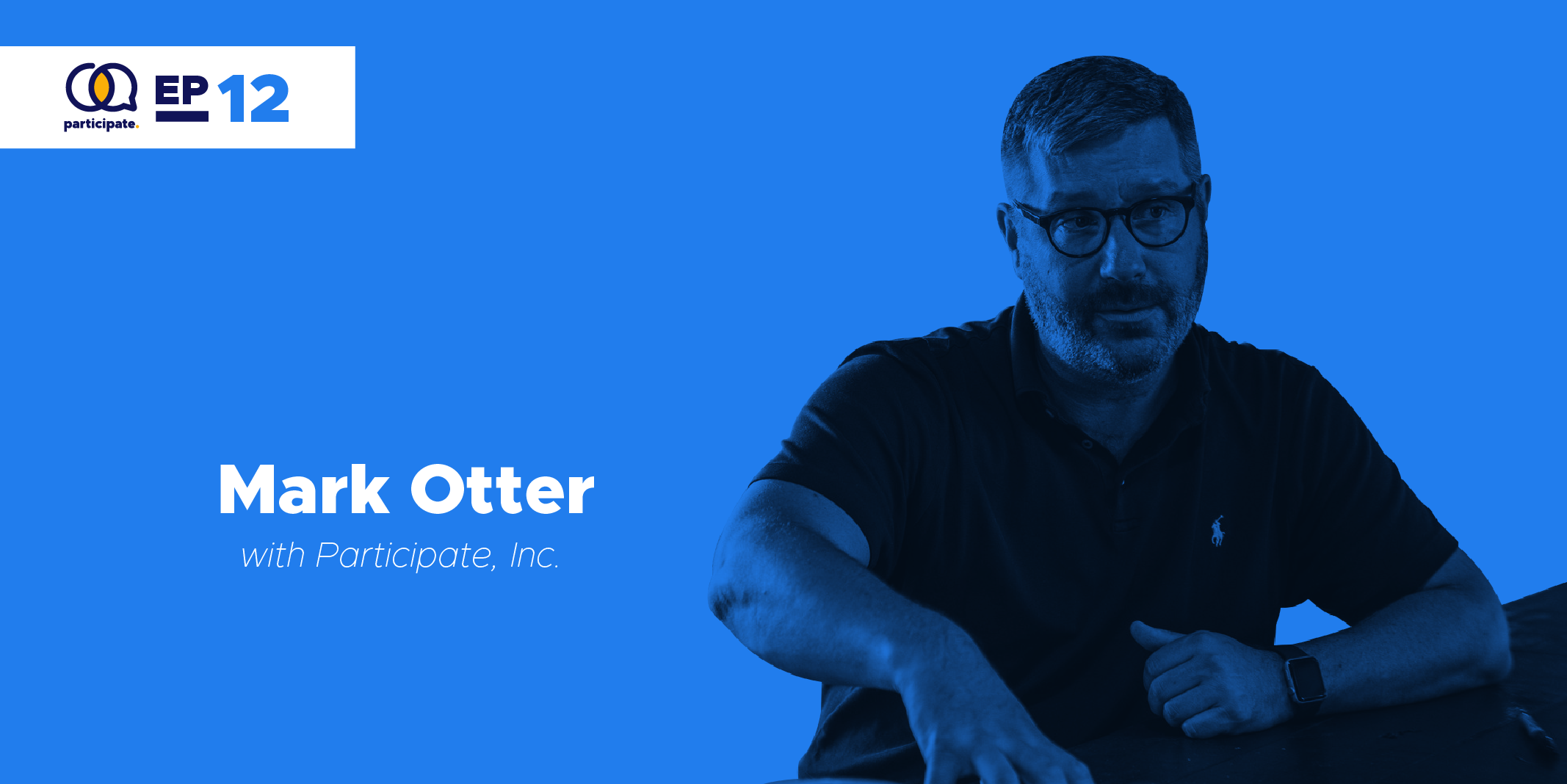Why traditional community metrics are holding you back – and 3 measures of success to use instead

While doing some work with the U.S. Navy, Simon Sinek, optimist and renowned author, was curious as to how certain Navy SEALS were chosen to be part of the elite SEAL Team 6 over others. The General he was speaking with explained to him that they essentially look at 2 metrics: performance and trust. Performance being your skills and achievements on the battlefield and trust being your integrity and the support you have for others off the battlefield.
The issue we face today is that we have an endless supply of tools and platforms to capture individual performance at any given time but very little to capture certain intangibles like the trust, confidence or motivation that exist within the larger collective and encourage collaboration.
Pitfalls of traditional community metrics
Whether you're a tech startup looking to innovate, a Fortune 500 company focused on raising revenues or a nonprofit organization spearheading programs that impact society, you likely have some sort of ecosystem in place that tracks performance as it relates to your mission.
These ecosystems tend to be similar across various organizations: a learning management system (LMS) to distribute training materials, some sort of internal knowledge base to keep folks up-to-date with important resources and figures and maybe even a robust social media presence to spread the word of all the exciting things you’re doing.
However, while these tools do an excellent job at capturing certain short-term metrics (i.e. assessment scores, performance reviews, sales numbers, social likes and shares, etc.), they do very little to represent an organization’s overall momentum toward a long-term vision, thus making it difficult to carry the mission forward in a sustainable, healthy manner.
How to inspire your community learning ecosystem instead
Here’s how to capture the current state of your organization and create an environment where your emerging community leaders feel connected, inspired and empowered to spark meaningful change.
ENABLE CONNECTIONS
One of the first steps in assessing your current state is by looking at the real effects your LMS tools are having on personal development. But, what is learning exactly? Well, If you're Merriam-Webster you'd simply say that learning is knowledge or skill acquired by instruction or study. However, as we've come to understand today, learning is a process - one that, if done correctly, results in some sort of behavioral change and/or change in practice amongst the participants.
Berkley's Center for Teaching & Learning breaks down the process of learning into 5 qualities:
- It's active.
- It builds on prior knowledge.
- It is situated in an authentic context.
- It requires learners' motivation and cognitive engagement.
- It occurs in a complex social environment.
There are few LMS options out there that succeed at integrating a few of these qualities into their platforms. Arguably, however, it’s rare to find any that provide the last bullet point: complex social environments.
Creating an environment that enables human connections is imperative to a learner’s personal development. When coupled with a rich curriculum, regular feedback and unrestrained peer review, you’ll end up with well-refined methodologies and an iterative process designed to increase the confidence of your members while they grow as emerging leaders.
CREATE CHOICE
Another way to gauge your current environment is by assessing how much choice is being provided to your members. Oftentimes when an organization implements a new program, be it a training experience around a new piece of technology or a cultural transformation within the organization itself, the program is usually designed by a handful of executives and distributed to every possible stakeholder.
Nothing stunts potential impact more than assuming everyone has the capacity or will to engage in an identical manner. Remember the list of learning qualities from above – are you creating an environment that is situated in an authentic context?
Referring to the graphic below, you'll want to start doing less of the top-down approach to learning (as shown on the left) and taking a more collaborative, volunteer-based approach (as shown on the right).

In 1962, E.M. Rogers developed one of the oldest known social science theories, The Diffusion of Innovation Theory. This theory states that the adoption of a new idea, behavior or product does not happen simultaneously in a social system. Rather, it is a process whereby some participants are more apt to adopt the innovation than others.
That being said, there are those in your organization or members to your cause who are better developed (by your own processes or another) to take on leadership roles and embrace opportunities for change. And it’s your job to equip these emerging leaders with an environment that fuels a sense of agency.
The most effective way to do this is by reaching out to those you may identify as emerging leaders, whether they’re top performers according to your LMS or active engagers in your existing social networks, and ask for volunteers to help with designing and implementing these programs, together.
By utilizing this grassroots method and providing volunteers with transparent resource collections and self-driven groups, your organization will establish a culture of persistent collaboration and, above all else, increase trust between your emerging leaders.
PERPETUATE CHANGE
Lastly, and possibly most importantly, you’ll want to assess how effective your organization is at perpetuating the change being made as a result of your new processes. That is, there should be a system in place that encourages your emerging leaders to spark change in others and produce real, actionable outcomes.
Participate has had the recent privilege of partnering with The Center for Humane Technology to build an environment for humane technologists to become part of the force that’s transforming how the digital infrastructure of humanity is built - a lofty goal, right? But far from unattainable. Using our transformative framework, we simply took their existing coursework and member-base and created a digital space for emerging tech leaders to rendezvous occasionally and discuss best practices moving forward.
Providing members with a space to catch up with one another after practicing new ideas is crucial to building a self-sustaining environment of change. Not only does it encourage members to constantly test and improve their ideas with others, it also allows you, the organizational leaders, a chance to identify those ready to “level up” to higher roles within the community.
Though, creating the space is half the battle. Using certain tools like micro-credentialing, facilitating project-specific discussion threads, or even social sharing allows participants to showcase their journey toward your shared purpose and will increase their motivation to be just as active in the coming discussions.
With the right thought partner, capturing and optimizing for these three intangible qualities will result in an organization that brings emerging leaders together as confident, trusting and motivated participants to create real, social outcomes that can be recalled and built upon as we aspire to the future.


